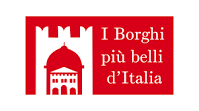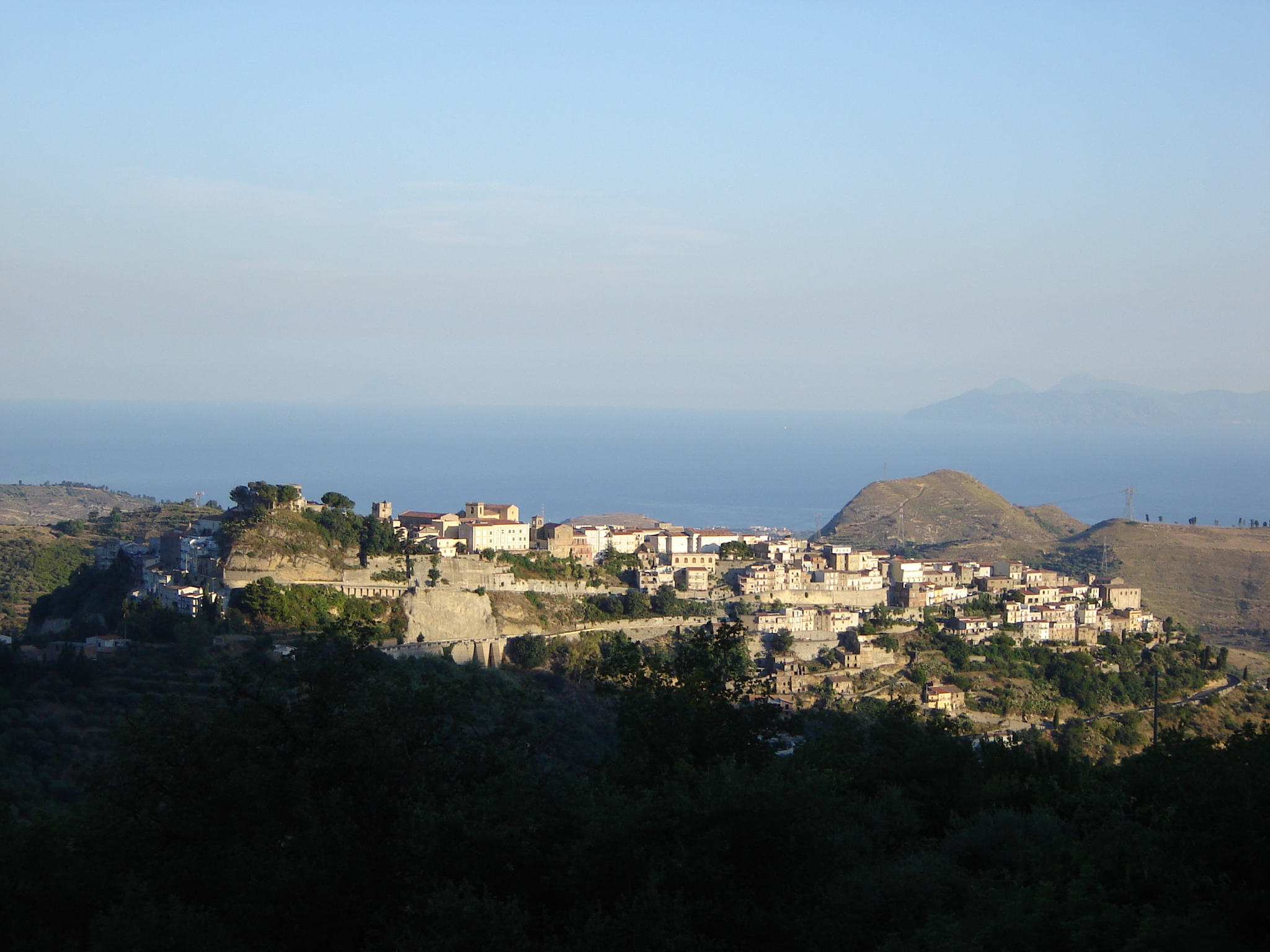
Castroreale

Sul colle Torace, rilievo dei Monti Peloritani, sorge Castroreale.
Il borgo è iscritto all’Associazione “I Borghi più Belli d’Italia”.
La connotazione del centro urbano è tipicamente medievale, costituita da vicoli e viuzze, lastricate con una tipica pavimentazione in pietra (detta nel dialetto locale jacatu), le quali convergono su piazze dalle quali è possibile ammirare dei suggestivi panorami.
Originariamente sembra che il nucleo abitativo coincidesse con un centro denominato Cristina o Crizzina, (ricadente nel vallo di Milazzo), ma le prime notizie storiche certe si fanno risalire ad un diploma del 1324, con il quale Federico III d’Aragona ordinò la ricostruzione di un castello preesistente. Quindi, il nuovo centro venne denominato “Castro” da “castrum” (castello) a cui venne aggiunto l’appellativo “reale”, in quanto residenza preferita dal re.
Nel tempo il territorio di Castroreale si estese, acquistando importanza e prosperità.
Negli anni successivi, l’asse viario che attraversava Castroreale, offrendo percorsi alternativi fu particolarmente importante a garantire le comunicazioni nel periodo in cui gli Aragonesi e i Chiaramontani erano in disaccordo.
Le controversie perdurarono, e nel 1350 si raggiunse un periodo di pace. Nel 1352 la capitaneria e castellania di Castroreale furono affidate dalla vicaria abadessa Eufemia d’Aragona, reggente a favore del fratello, Federico IV di Sicilia.
Ma fu solo con la morte del filo-angioino Nicolò Cesareo che le tensioni si allentarono, e l’egemonia dei territori limitrofi da parte di Milazzo si concluse. Castroreale fu affidata a Vinciguerra d’Aragona, e fu insignita del titolo di “Fedelissima”.
L’economia ebbe un valido contributo dalla comunità ebraica, dedita alla macellazione ed alla conceria, alle tintorie, all’agricoltura ed alla medicina, e operò fino al XV sec.; a testimonianza di ciò, della sinagoga non resta che un arco moresco situato dietro al Monte di Pietà. La comunità in seguito fu soggetta a persecuzioni ed espulsa a partire dal 1492 a causa del “Decreto dell’Alhambra”, emanato dai sovrani di Castiglia, per cui i suoi membri si rifugiarono a Napoli fino al 1504, quando Ferdinando III, re di Napoli, emanò un editto che ordinava l’espulsione degli ebrei o, in sostituzione, il pagamento di un ingente tributo. Ma gli ebrei, convertiti al cristianesimo, furono costretti ad abbandonare il regno nel 1515, in seguito ad un successivo editto.
Il borgo subì le influenze architettoniche della vicina Messina, e accolse numerose comunità monastiche, le cui attività ebbero ripercussioni sia sullo sviluppo edilizio che artistico della cittadina e ciò contribuì a modificare la sua configurazione urbana.
Il Vicerè di Sicilia, Marcantonio Colonna, il 13 aprile 1583, istituì la “Comarca di Castroreale” in Val Demone, dando al territorio un’impronta militare, fu così che ci furono scontri con i territori limitrofi, i quali culminarono con le rivolte antispagnole degli anni 1674 e 1678, e nella battaglia di Milazzo del 1718.
Nel 1812, come capoluogo di distretto, racchiude vasti territori da Barcellona a Taormina, fino a quasi metà del XIX sec., quando inizia la sua decadenza, soprattutto con la costituzione nel 1815 del comune di Barcellona che venne, poi, unito a Pozzo di Gotto.
Il territorio, negli anni a seguire, subì una progressiva frammentazione, determinata dalla nascita di nuovi comuni.
(English)
Castroreale
On the Torace hill, a relief of the Peloritani Mountains, rises Castroreale.The village is enrolled in the Association "I Borghi più Belli d'Italia".The connotation of the urban center is typically medieval, consisting of alleys and lanes, paved with a typical stone pavement (called jacatu in the local dialect), which converge on squares from which it is possible to admire suggestive views. Originally it seems that the residential nucleus coincided with a center called Cristina or Crizzina, (falling in the valley of Milazzo), but the first certain historical information dates back to a diploma of 1324, by which Frederick III of Aragon ordered the reconstruction of a pre-existing castle. Thus, the new center was named "Castro" from "castrum" (castle) to which the appellation "royal" was added, as the king's preferred residence.
Originally it seems that the settlement coincided with a center called Cristina or Crizzina, (falling within the valley of Milazzo), but the first certain historical information goes back to a diploma of 1324, by which Frederick III of Aragon ordered the reconstruction of a preexisting castle. Thus, the new center was named "Castro" from "castrum" (castle) to which the appellation "royal" was added, as it was the king's preferred residence.
Over time, the territory of Castroreale expanded, gaining importance and prosperity.
In later years, the road axis that passed through Castroreale, offering alternative routes was particularly important to ensure communications during the period when the Aragonese and the Chiaramontans were at odds.
Disputes persisted, and in 1350 a period of peace was reached. In 1352 the captaincy and castellania of Castroreale were entrusted to the vicar the abbess Euphemia of Aragon, regent in favor of her brother, Frederick IV of Sicily.
But it was only with the death of the pro-Angevin Nicolò Cesareo that tensions eased, and Milazzo's hegemony of neighboring territories came to an end. Castroreale was entrusted to Vinciguerra of Aragon, and was given the title "Fedelissima."
The economy had a valuable contribution from the Jewish community, devoted to slaughter and tannery, dyeing, agriculture and medicine, and operated until the 15th century; as evidence of this, all that remains of the synagogue is a Moorish arch located behind the Monte di Pietà. The community later was subjected to persecution and expelled beginning in 1492 because of the "Alhambra Decree," issued by the Castilian rulers, so its members took refuge in Naples until 1504, when Ferdinand III, king of Naples, issued an edict ordering the expulsion of the Jews or, in lieu, the payment of a large tribute. But the Jews, who had converted to Christianity, were forced to leave the kingdom in 1515, following a subsequent edict.
The village was subjected to the architectural influences of nearby Messina, and welcomed numerous monastic communities, whose activities had repercussions on both the building and artistic development of the town, and this contributed to changing its urban configuration.
The Viceroy of Sicily, Marcantonio Colonna, on April 13, 1583, established the "Comarca of Castroreale" in Val Demone, giving the territory a military imprint;it was thus that there were clashes with neighboring territories, which culminated in the anti-Spanish uprisings of the years 1674 and 1678, and in the battle of Milazzo in 1718.
In 1812, as district capital, it encompassed vast territories from Barcelona to Taormina, until almost halfway through the 19th century, when its decline began, especially with the establishment in 1815 of the municipality of Barcelona, which was, later, united with Pozzo di Gotto.
The territory, in the years to follow, underwent progressive fragmentation, brought about by the establishment of new municipalities.